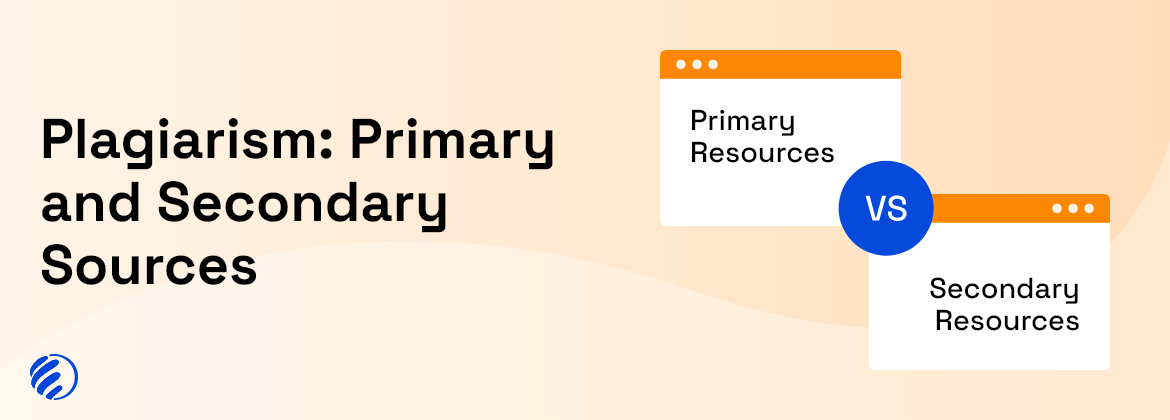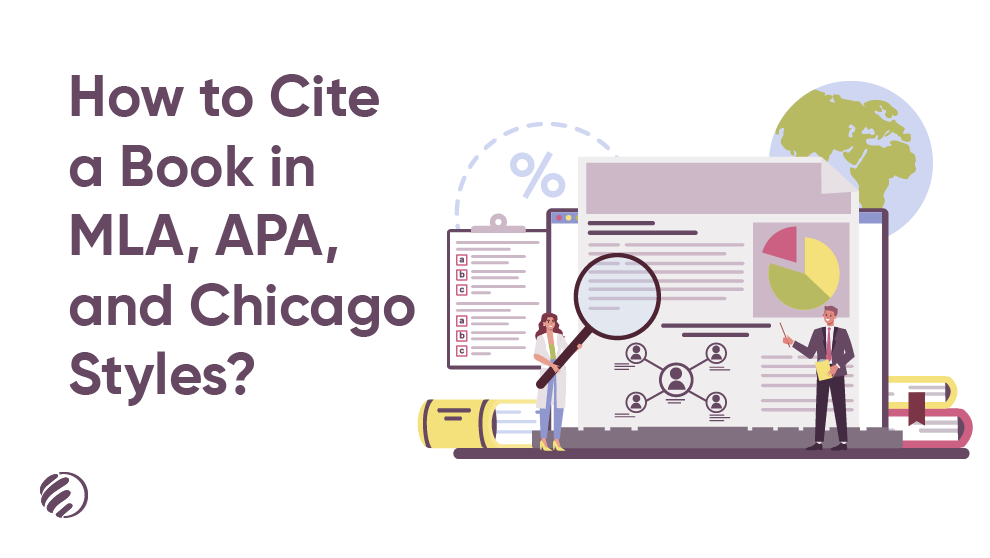Crafting inspiring, unique, and appealing content is certainly a difficult task. An excellent grip on grammar and exquisite knowledge are some key factors in curating engaging content. Extensive research is inevitable to get your hands on accurate, authentic, and relevant information about your topic. The credibility of a writer mainly depends on the authenticity of the content you are offering to your targeted audience. Therefore, it is essential to make appropriate endeavors to get inspiration or ideas from credible sources instead of simply copy-pasting others’ content. You must understand the consequences of the blunt use of others’ information without their consent. Stealing or copying content or ideas of others and presenting them as your work is a serious offense that can cause severe destruction to your fame and career. That’s why take the assistance of plagiarism checker online to make sure you publish or present unique words and ideas to prevent any undesired situation.
Research is the most crucial factor in the content writing procedure. You must understand that the content of research papers is usually derived from various sources. For instance, primary sources, secondary sources, and your own ideas and opinions are some prominent content resources. There is a misconception that all these types of sources serve the same purpose. The characteristics of all these types of sources in your paper, however, improve the quality and credibility of your article. But, finding the difference between these kinds of sources is a challenging task. However, you don’t have to worry as we are going to elaborate on primary and secondary sources in detail. So, we suggest you stick to this blog till the end to understand the difference between both types of sources adequately.
Primary Source
The most authoritative, also known as first-hand information of an event or historical event, is known as a primary source. The person who usually experiences that incident shares or states information in this type. However, the content can also be disclosed later as a personal biography.
In simple words, any information that is original about any topic is known as a primary source. If an author is writing a book based on his personal experiences about an event, then it will be a primary source. But, it is important to clarify that it is not mandatory that a book written long ago should be a primary source.
Some examples of primary sources include:
- Letters, journals, and personal thoughts
- Original Pictures
- First-hand newspaper reports
- Research Work and surveys
- Speeches
- Biographies
- Paintings and songs
Secondary Source
Secondary sources generally explain or examine the primary source. They basically do extensive research and analyze the events or ideas mentioned in the primary source. After the analysis of a single or multiple primary sources, they try to derive a result or conclusion.
A few most prominent examples of secondary sources are:
- Essays
- Reviews
- Textbooks
- Analysis of ideas and events
- Commentaries
How to Evaluate Primary/Secondary Sources?
Finding the difference between a primary and secondary source is tricky. You need to analyze the words that explain the action of the writer to determine whether it’s a primary or secondary source. The following list of a few words will surely define that the shared information is the original research of the author.
- Analyzed
- Examined
- Experienced
- Estimated
- Predicted
- Examined
On the other hand, the primary focus of the secondary source is on discussing the primary source. Therefore, you can easily find that the information you are reading is an analysis of the theory presented by other authors. This way, you can easily discover that it’s a secondary source. The words that can indicate that it’s an analysis or discussion are stated below.
- Study
- Synthesis
- Summary
- Assessment
- Presented by
Examining the abstract or the entire text of an article can also be helpful in finding the source of information. The mentioned above words will also provide extensive assistance in this regard to determine if the source is primary or secondary. This analysis will definitely serve you in finding whether the article is the research of the author or it is an analysis of others’ research.
Last Words
In the last, analyzing the source of information helps you in determining the credibility of the information. The above-mentioned information would be a great help for you to know the difference between primary and secondary sources.

 3000 Views
3000 Views 15 Mins To Read
15 Mins To Read Category: Plagiarism
Category: Plagiarism September 27, 2022
September 27, 2022







